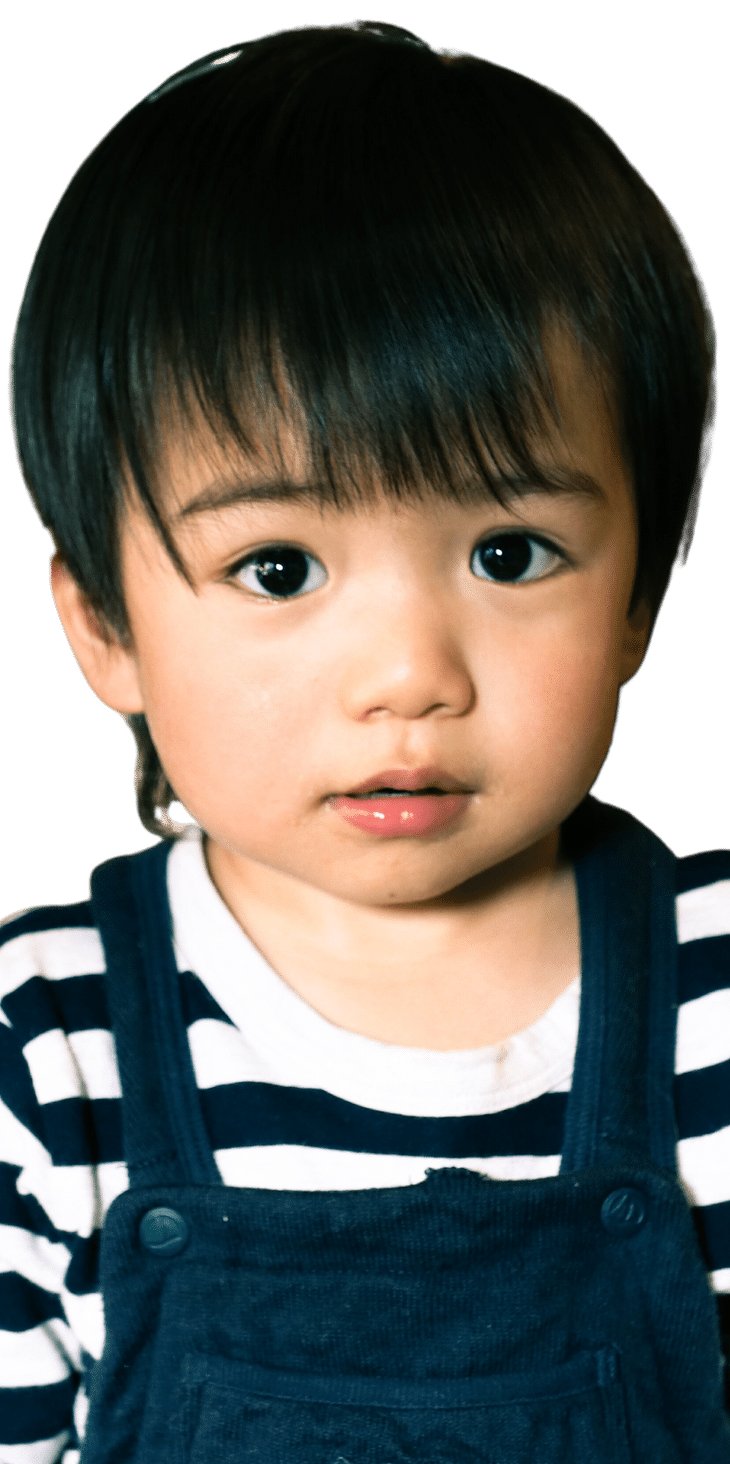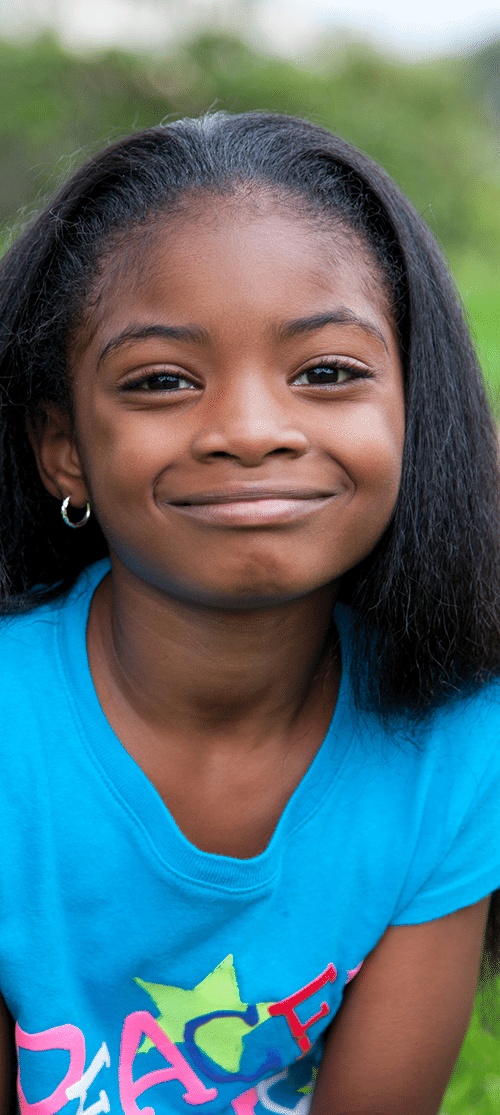7 months to One Year
- Turns and looks when sounds are heard or when name is called
- Looks at objects that are pointed to
- Understands names of common objects and names of people, e.g., “mama”, “dada”, “bottle”, “cup”
- Enjoys playing simple games and listening to nursery songs
- Responds appropriately to simple words and commands
- Babbles in a variety of sounds
- Points and shows objects to people
- Uses gestures to communicate with others, e.g., lifting arms up to be picked up, waving “bye”/”hi”
- Says approximations of 1-2 words, sounds may not be appropriate at this age


One to Two Years
- Points to common objects and body parts when named
- Answers simple questions, e.g., “Who is that?”, “Where is daddy?”
- Follows simple 1 step directions
- Enjoys listening to simple stories/books and songs
- Uses about 10-20 words
- Produces familiar animal or environmental sounds, e.g., farm animal sounds, pet sounds (dog/cat), car sounds (“beep-beep”, “zoom”)
- Beginning to put 2 words together
- Produces the sounds p, b, m, h, and w
Two to Three Years
- Understands new words quickly
- Follows 2-step directions
- Understands simple opposites, e.g, up/down, open/close, big/small
- Answers and asks simple questions
- Talks with other children, as well as adults
- Understands simple time concepts, e.g. “We will go to the park tomorrow.”
- Has a name for common objects, people, food, etc. used daily
- Talks about items that are not in the room
- Combines and uses 2-3 words in phrases when speaking
- People who know your child can understand most of what they say
- Produces the sounds k, g, f, t, d, and n


Three to Four Years
- Knows name
- Responds to name when called from another room
- Understands words the pertain to colors, shapes, and familiar relative names
- Answer simple who, what, and where questions
- Uses pronouns and plurals when speaking
- Combines and uses 3-4 words in phrases when speaking
- Can tell a simple story
- Has a vocabulary of around 1000 words
- Most people understand your child when they speak
Four to Five Years
- Points to and names colors, shapes, letters, and numbers
- Follows longer, more complicated directions
- Follows classroom directions
- Has a vocabulary of around 1,500 words
- Asks and understands what, where, who, when, and why questions
- Tells short stories and can hold a conversation with others
- Combines and uses 4-5 words in phrases when speaking
- Talks without repeating sounds or words
- Produces most sounds in words, but may have some speech sound errors for more difficult sounds


Five Years
- Understands words for order , e.g., first, last, next
- Can carry out a sequence of 3 directions
- Understands rhyming
- Engages in conversation
- Uses complex sentences
- Uses sentences containing 8 or more words
- Describes objects
- Uses imagination to create stories
